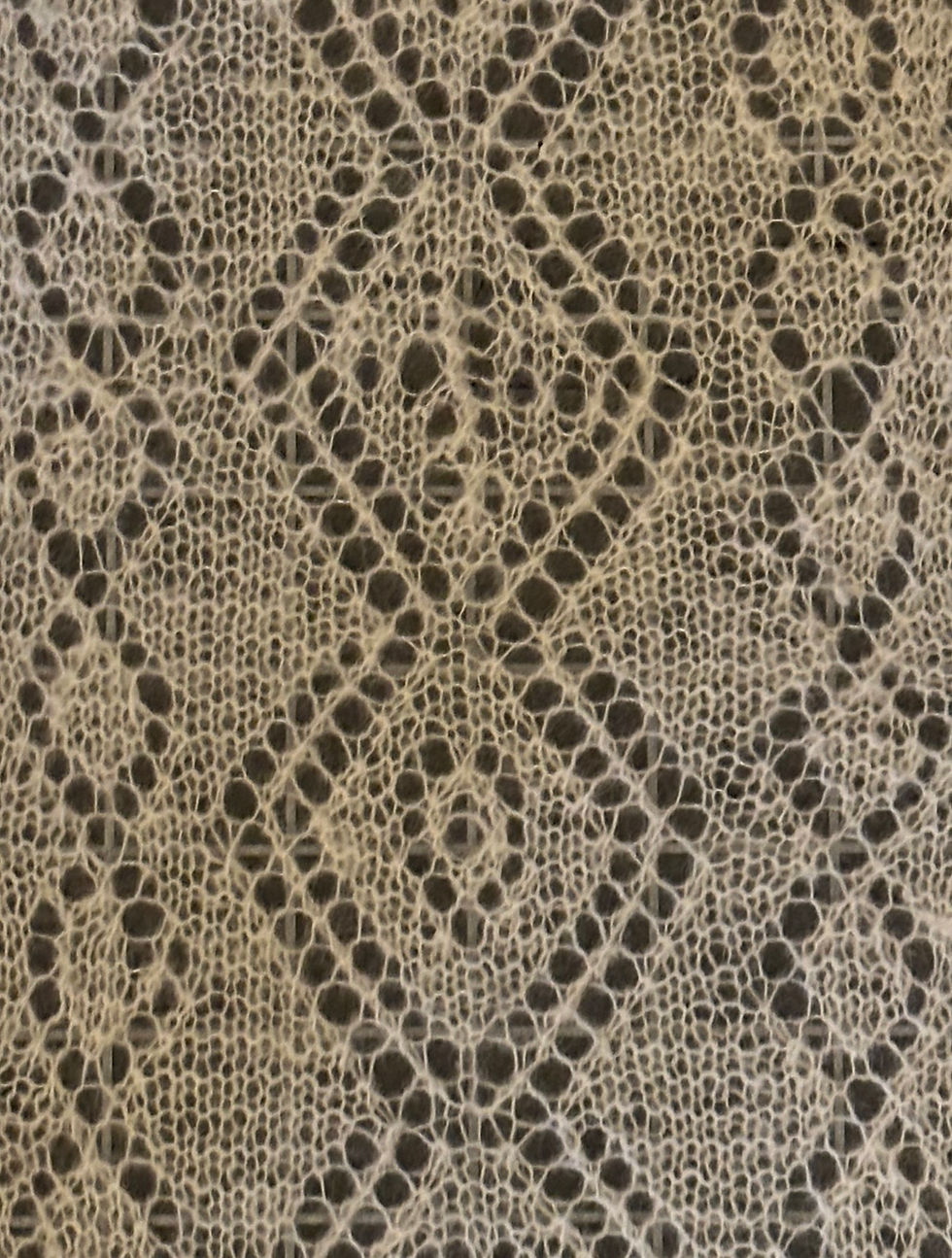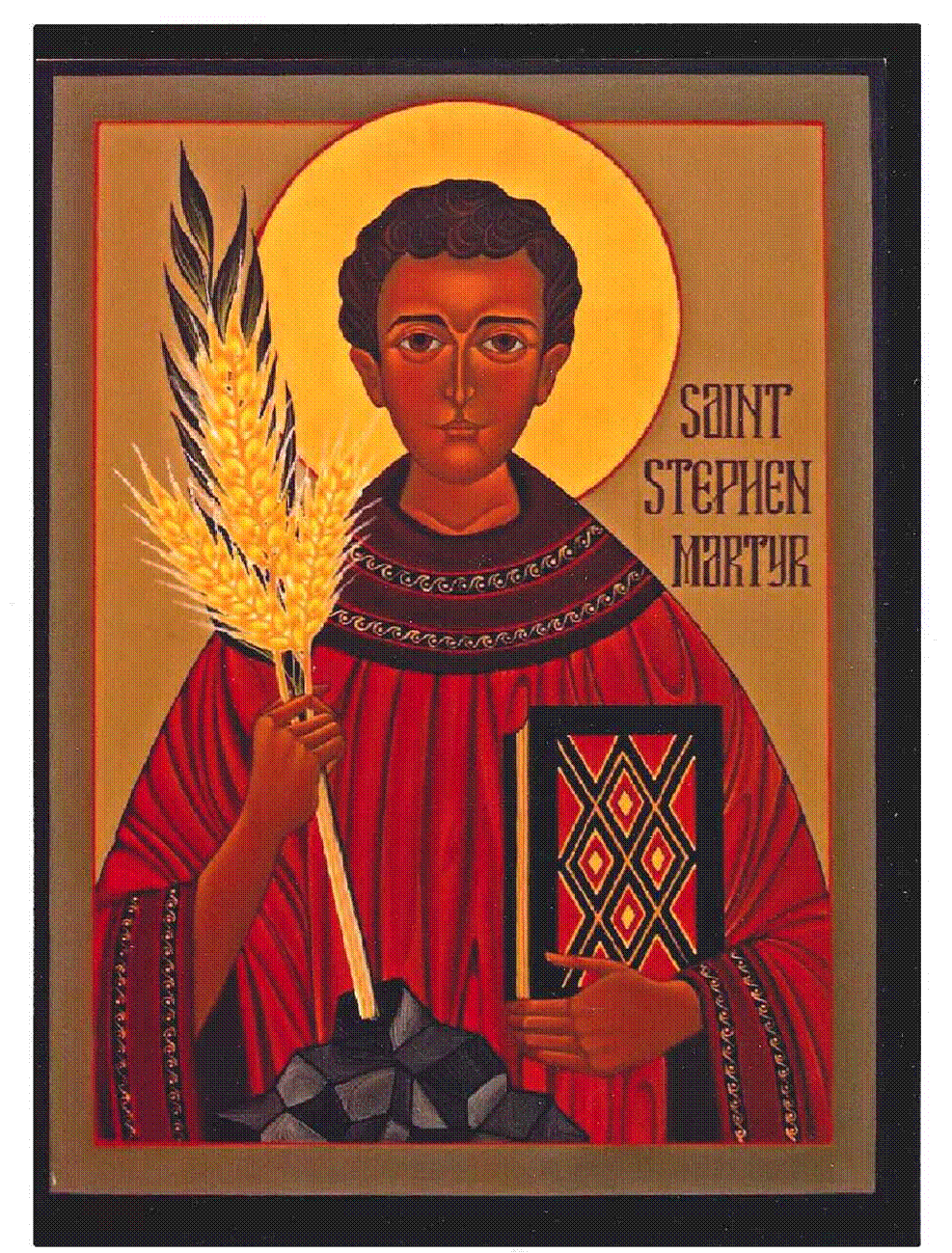Lifelines
- The Rev. Mark Walters
- Jan 30, 2024
- 2 min read
Updated: Jan 31, 2024

I do a lot of handcrafts, mostly embroidery related. I’ve known how to knit since I was a child.
I stopped knitting at some point because the tension at which I hold the yarn is inconsistent. That meant that sweaters I made rarely fit.
Last year, however, I entered the world of lace knitting. I was already interested in bobbin lace, tatting, and pulled work (“poor man’s” lace in the 1600s.) This was just another form of lace to learn about. And inconsistent tension isn’t a major problem.
My first foray into lace knitting was a traditional pattern from the Shetland Islands, which we would be visiting in a few months. I was looking forward to wearing the scarf during our travels. It was slow going, and the scarf was very imperfect, but I was making progress.
Then a cat happened. Weeks of work were pulled off the needle and stretched across the dining room. I salvaged whatever yarn I could and packed it away for another day.
When we visited the Shetland Islands, I picked up the supplies to knit a real Shetland shawl, with very thin yarn. I made very sure to pack it away into a bag the cat couldn’t get into.
Lace patterns involve slipping stitches from one needle to another, or knitting multiple stitches together, or adding new stitches.
Look at your average knitted sweater. One stitch lies directly above another stitch.
With lace knitting, a stitch may create a hole, or close a hole. So, if a stitch accidentally falls off your needle, it can be incredibly difficult to just pick up and correct the mistake.
I knit slowly, and I was working very carefully on this scarf, but I kept dropping stitches.
This meant that I would successfully knit 10 rows, drop a stitch, and have to undo 15-20 rows to get to a place where I could recover the pattern correctly.
This happened over and over again. Knit 10 rows, drop a stitch, undo 15 rows. Knit 25 rows, drop a stitch, undo 30 rows. Each day was measured by how many motifs I could actually complete.
It took a LONG time to successfully get through this pattern.
But I’m ready for more, and I have several other Shetland lace projects planned. I know most of them will take me months to complete, but I’m ready.
Why am I willing to do this again? Because I discovered lifelines.
A lifeline in lace knitting is a single thread placed through the loops of a row. It protects the established pattern. If you place a lifeline every 10 rows, you never need to tear back more than 10 rows, because the lifeline will get you back on track.
Life, at times, is three steps forward, five steps backward. But a lifeline always allows us to keep going.
Do you know what your lifelines are?
But let all who take refuge in you be glad;
let them ever sing for joy.
Spread your protection over them,
that those who love your name may rejoice in you.
Surely, Lord, you bless the righteous;
you surround them with your favor as with a shield. (Psalm 5: 11-12)
Ann Iona Warner
































Comments